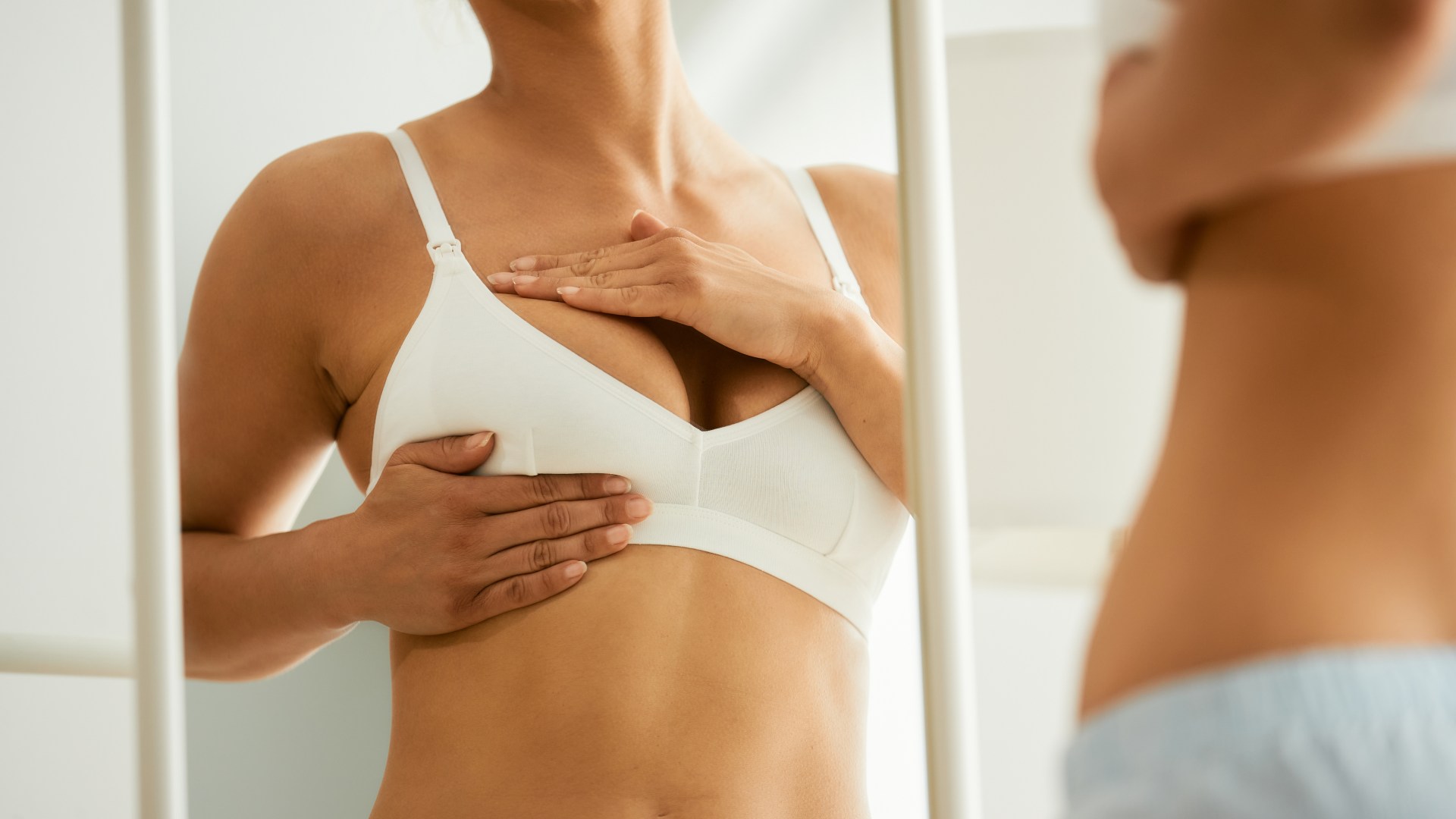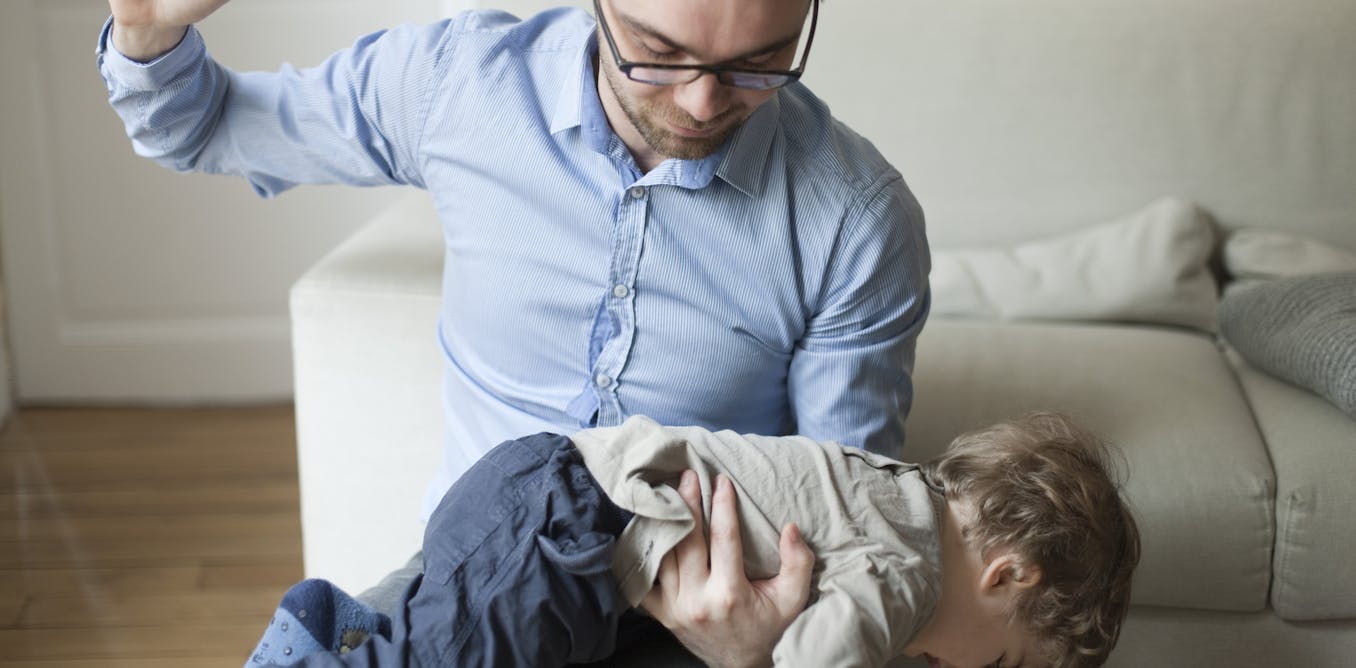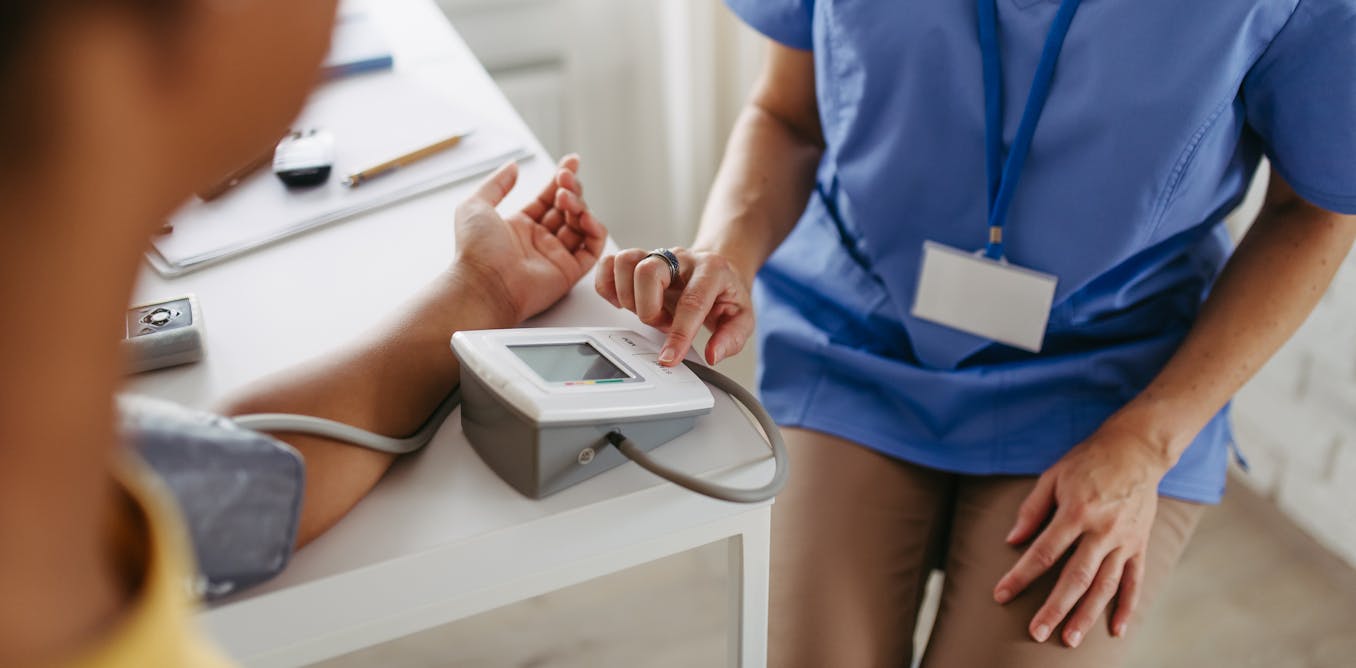WITH over 56,000 cases diagnosed each year, breast cancer is the most common type of cancer affecting women in the UK.
People are taught to check their boobs for lumps and bumps in order to spot the disease.
3

3

3
That’s how Hollyoaks star Ali Bastian was recently diagnosed with stage two breast cancer, revealing in September she found a lump while she was breastfeeding her daughter.
But there are other changes that could be signs of breast cancer beyond lumps, including skin and nipple changes or unusual discharge.
Nearly 1,000 people die from breast cancer every month in the UK, with the disease killing around 11,500 women and 80 men each year.
So catching symptoms in time can mean getting an early diagnosis and starting treatment promptly.
Read more on breast cancer
Read more on breast cancer
Here are seven signs to watch out for that could be a sign of the cancer.
1. Change in breast size or shape
Breasts come in all shapes and sizes – and can look and feel different throughout a woman’s life.
Carolyn Rogers, senior clinical nurse specialist at Breast Cancer Care, told The Sun: “They may change at the time of your period, when going through pregnancy as your body ages.
“By checking your breasts regularly, you’ll get to know whether a change in size or shape is part of what’s normal for you, or if it’s something unusual that’s worth getting checked out by your doctor.”
2. Redness or a rash
It is important to look out for signs of reddening or a rash on the skin and around the nipple.
A rash in this area could just be triggered by new washing powder or a lacy bra irritating the skin.
“But, if it’s an ongoing issue, it could be a sign of something more serious,” Carolyn warned.
Crusting around the nipple is also something to watch out for.
3. Nipple discharge
If liquid comes from the nipple without squeezing it, it is important to get it checked by a doctor.
“We know from speaking to people on the Breast Cancer Care helpline that this can be a confusing one,” said Carolyn.
“But, if it’s not normal for you, then mention it to your GP.”
4. Swelling: armpit or around collarbone
Lumps are the most common sign of breast cancer, but they don’t always appear in the breast.
“Breast tissue can be found under the armpits and up to the collarbone, so you may notice an unusual swelling in these areas,” explained Carolyn.
As a result, when checking your boobs each month it is important to be thorough and check all around the breast and surrounding area.
5. Change in skin texture
From puckering to the slightest hint of a dimple – changes in the skin’s appearance on your breasts can be a sign of cancer.
For example, if the skin of your breast looks and feels like the peel of an orange, go and check it out with your GP.
A recent survey by the charity found one in six women had no idea this could be a sign of the disease.
6. An inverted nipple
Some people naturally have inverted nipples – after all, everyone’s breasts are different.
But a sudden nipple change is something to watch out for.
“If your nipple suddenly starts to be pulled inwards, or changes its shape or position in any way, then it could be a warning sign,” explained Carolyn.
7. Constant pain
A dull ache that won’t go away in the breast or armpit, is a warning sign for breast cancer.
However, it can be difficult to identify.
“Having pain in the breast area is really common,” said Carolyn.
“It could be caused by a number of things, for example changing hormone levels before your period or even a badly fitting bra.”
How to check your breasts
It is important to regularly check your breasts for any changes. Breast tissue reaches all the way up to your collarbone and across to your armpit, so it’s vital to check these areas too.
If you feel or see any changes in your breast you should always consult your GP.
Charity CoppaFeel! recommends checking your breasts monthly, so you can pick up on any changes quickly.
Breasts do change naturally as part of your monthly menstrual cycle, so you should get to know your breasts, how they feel and what changes they usually go through to know if anything is out of the ordinary.
Five-step check
There is a five-step self exam you can do at home to check for any changes.
Step one: Begin by looking in a mirror, facing it with your arms on your hips and your shoulders straight. You should be looking for any dimpling, puckering, bulging skin, redness, soreness, a rash or changes in the nipple.
Step two: Still looking in the mirror, raise both arms above your head and check for the same changes.
Step three: With your arms still above your head, check for any fluid coming from the nipples. This can include milky, yellow or watery fluid, or blood.
Step four: While lying down use your opposite hand to check each breast. Using a few fingers, keeping them flat and together, go in a small circular motion around your breasts. Make sure you feel the entire breast by going top to bottom in these small circles. It helps to develop a system or pattern to make sure every inch is covered. Use light pressure for the skin and tissue just beneath, medium pressure for the tissue in the middle of your breasts, and firm pressure to feel the tissue at the back, feeling down to your ribcage.
Step five: Feel your breasts while either standing or sitting, using the same small circular motions.
But, if the pain doesn’t disappear after a reasonable amount of time, it is worth telling your doctor, she said.
Dr Zoe Williams previously explained how to check your breasts.
She said: “When it comes to checking your breasts, strictly speaking there is no right or wrong way.
“What’s most important is that you do it regularly, ideally once a month, to get to know your breasts and what is normal for you.
“It is only by being familiar with “our normal” that we are likely to identify if there is a change.
“So whether you check them in bed, in the shower or in the gym changing rooms, it doesn’t matter.”
However, it is important to know what you are looking for, she said.
“Look at the breasts, ideally both from the front and the side, looking for any changes in shape or size, or for any lumps, skin changes or changes to the skin of the breast or nipple.
“It’s also important to feel all of the breast tissue.”
Recent research has suggested that one in four breast cancer cases in Britain could be prevent.
Researchers at the University of Cambridge said thousands of women develop the disease every year because of low breastfeeding rates or drinking too much alcohol.
Meanwhile, scientists have developed ultra sensitive blood tests that could identify if breast cancer is likely to return years in advance.
Previously, it was announced that breast cancer patients could avoid gruelling chemotherapy thanks to a cutting-edge AI scanner.
Inventors of the Digistain artificial intelligence technology say it can tell with 99 per cent accuracy whose cancers are unlikely to come back.
They say up to 4,000 women per year have unnecessary chemo because doctors are over-cautious about the tumour returning.
Cancer types, signs and symptoms
Everything you need to know about different types of Cancer




